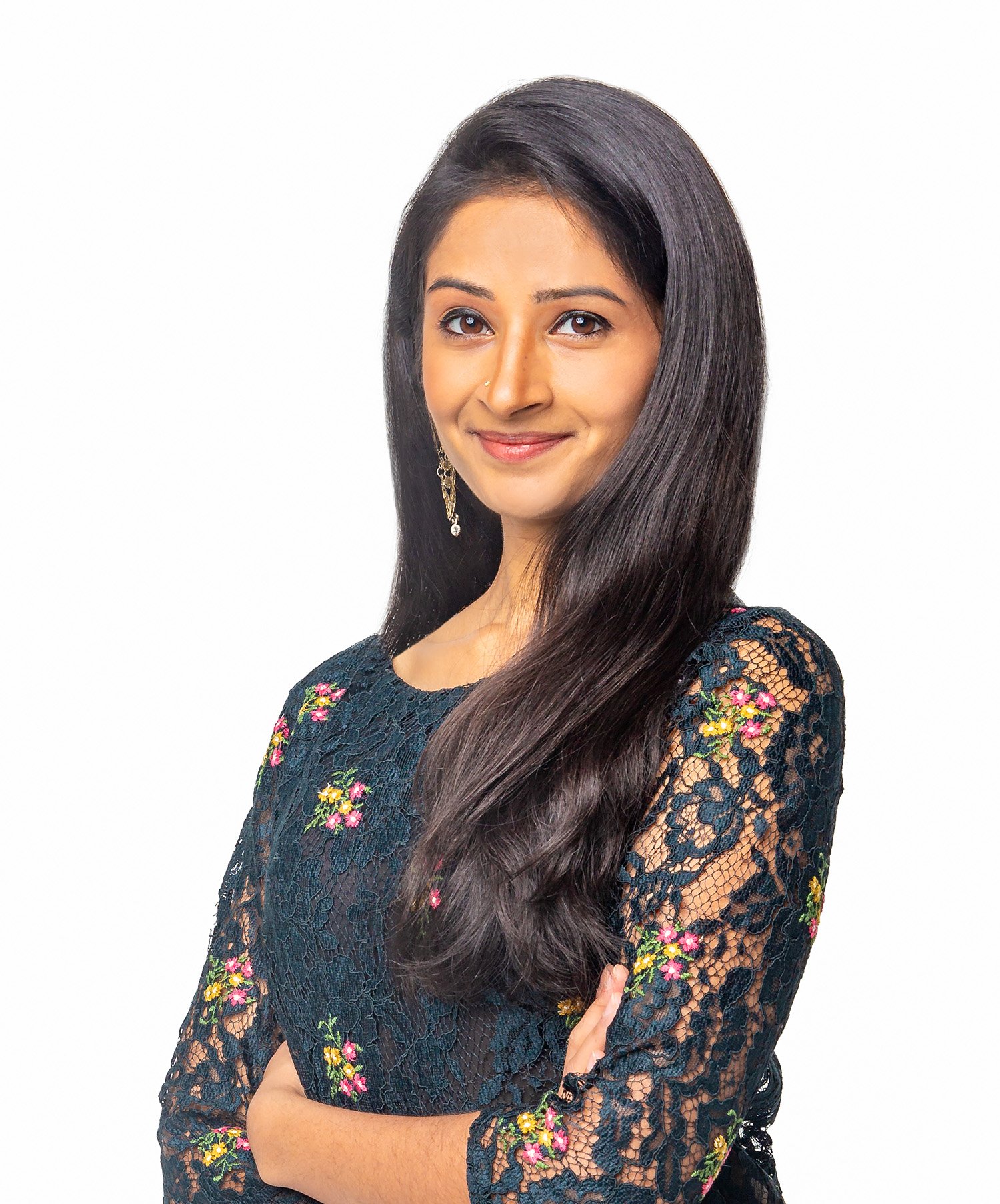I am a
Materials Scientist
At mitChristine Ortiz, PhD
This scientist was part of our original collection.*A few features may be different.
Christine
Ortiz
She/Her
“A lot of times the errors, the things that don’t make sense, [or] the outliers, are actually the story.”
Sometimes, context really is everything. And if you’re Dr. Christine Ortiz — whether you’re looking for inspiration from nature to design the next generation of tools or designing an educational system that holistically supports students of all backgrounds — often the most important details aren’t the most obvious ones. And that means paying attention to everything.
If she travels, she wants to know the history of the region and its people. If she cooks, she wants to understand the significance of the food in the culture that it’s a part of. And if she’s asking a question, she wants to know the answers to all of the other questions that it’s connected to.
From a young age, she had an interdisciplinary soul with an insatiable appetite for how things came to be the way that they are and what could be done to make them better. She wanted to know everything about anything that mattered, and wouldn’t settle for oversimplified explanations just because they sounded good. She wanted to know all of the errors, uncertainties, outliers, and details that didn’t quite fit, because sometimes the things that don’t fit are clues that lead you to the most interesting part of the story.
This love of connecting dots and appreciating the periphery led her to see things differently than those around her. As a scientist, she looked at the tough scales of a 96 million-year-old fish and saw an opportunity to design better materials. As an educator, she looked at the current academic system and saw gaps and opportunities to reimagine how we teach, what we value in our students, and the ways we apply science to real world problems.
Christine’s never worked a day in her life. Not because she sits still, but because every day she does the same thing that she did as a child — question, study, study everything else that might possibly be relevant, and then uses what she learns to make something better.
Notable Accomplishments:
PhD in Materials Science & Engineering from Cornell University
MIT Martin Luther King Jr Leadership Award
White House’s Presidential Early Career Award in Science and Engineering
The
basics:
Expertise: Materials Science; Biomimicry; Education
Title: Professor & Social Entrepreneur
Institution: MIT & Station1
I am a material scientist who is currently building the university of the future.
things I love:
SCI-FI
•
HISTORY & GENEALOGY
•
ADVENTURE
•
COOKING NEW THINGS
•
SCI-FI • HISTORY & GENEALOGY • ADVENTURE • COOKING NEW THINGS •
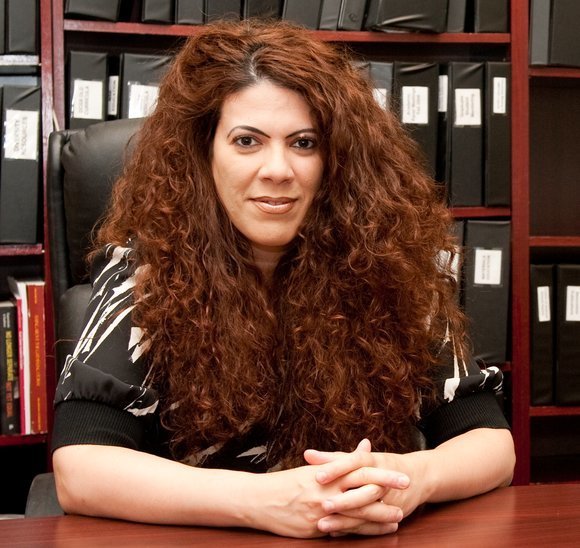
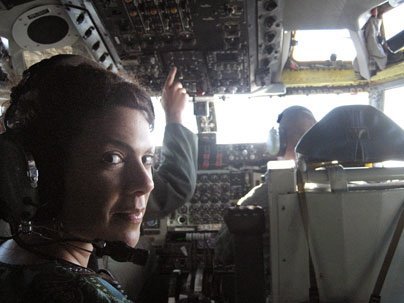
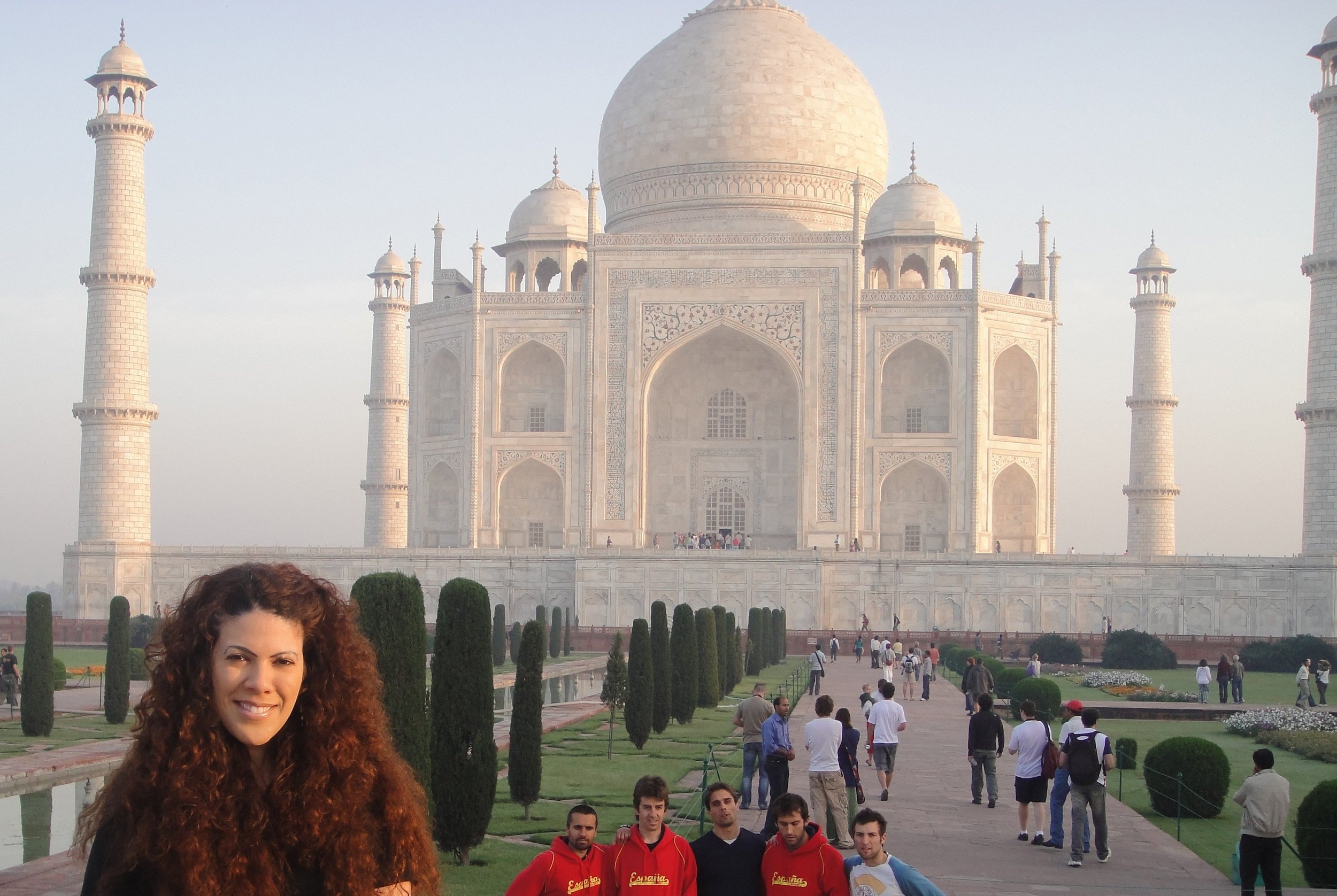
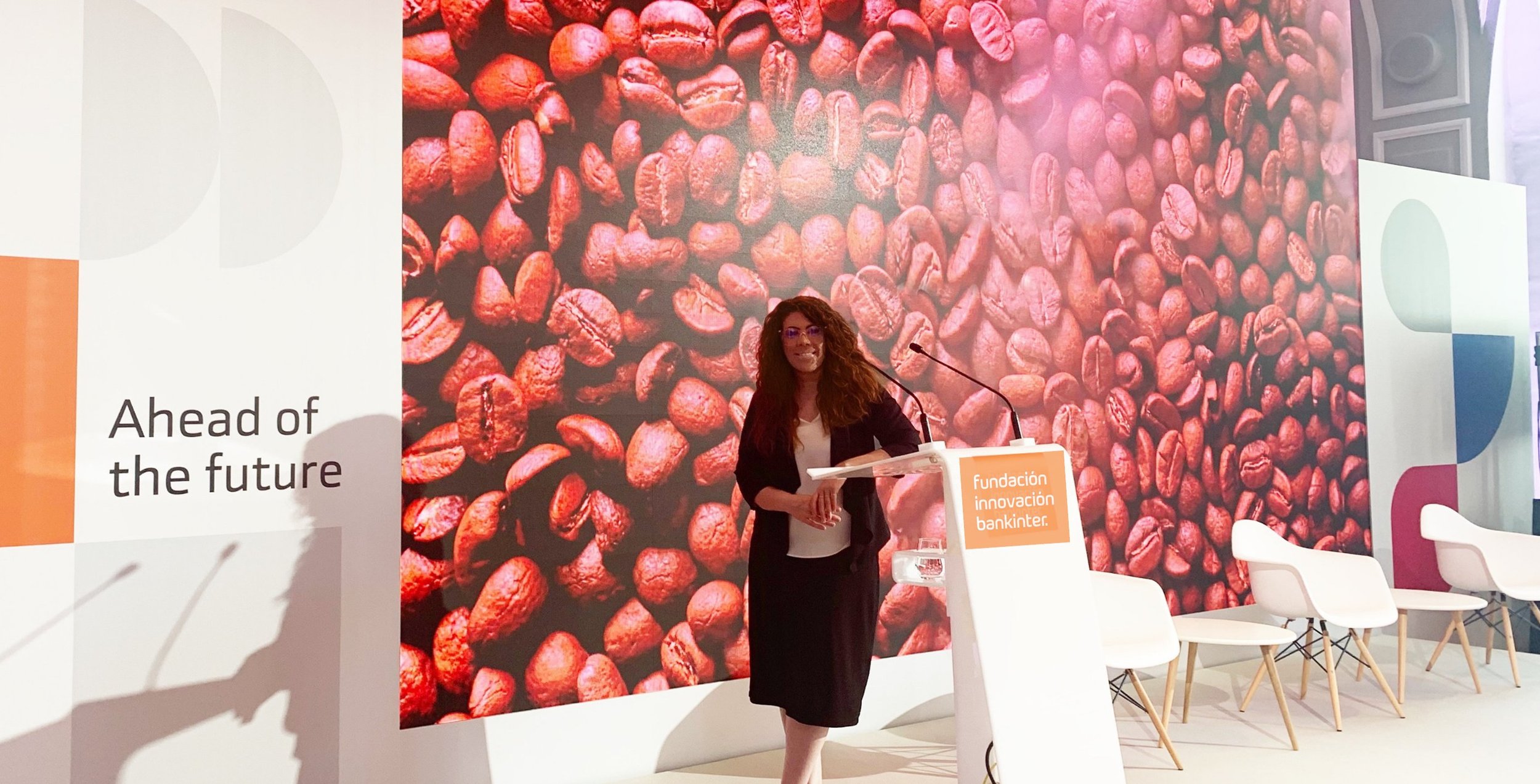

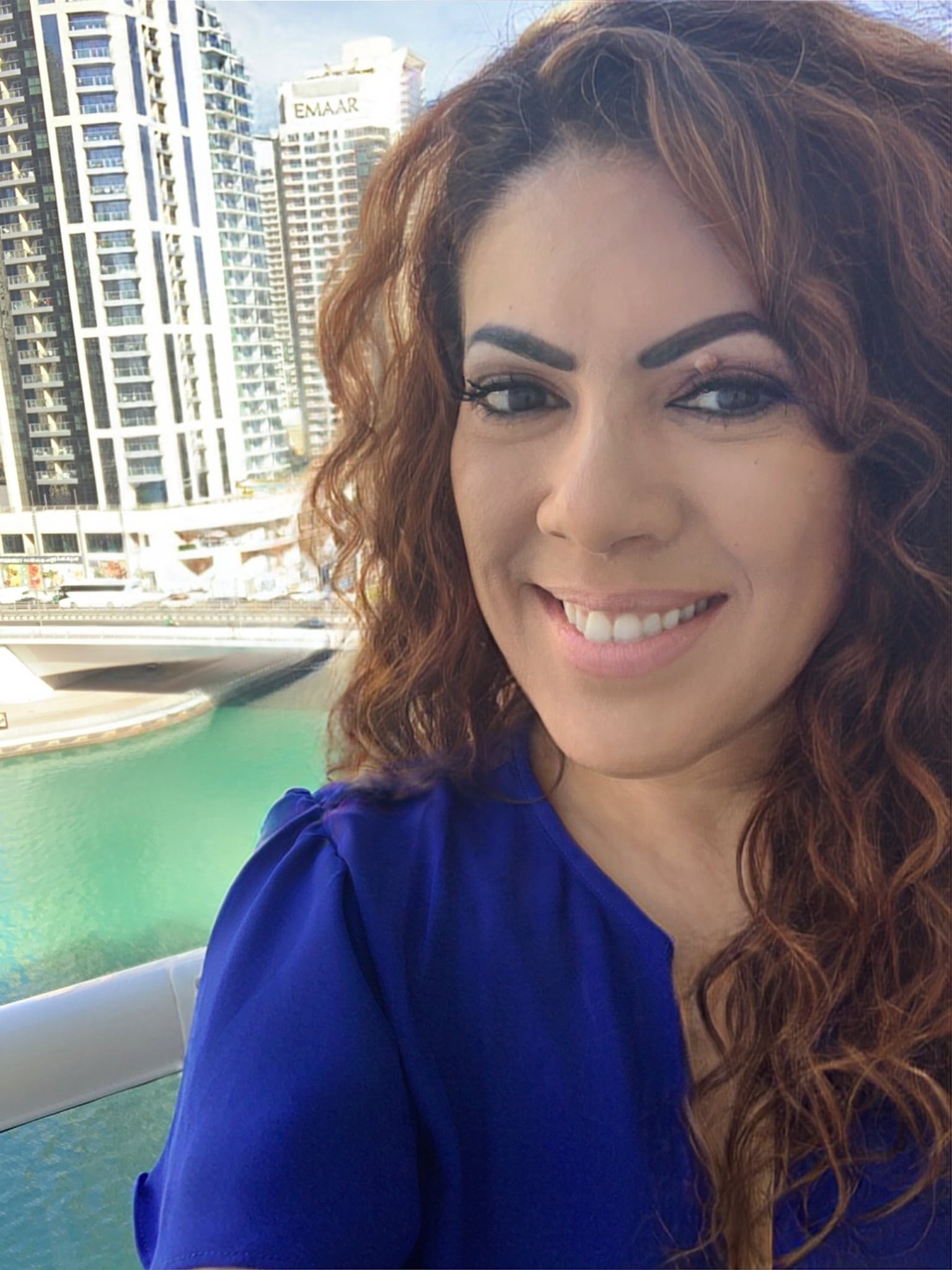
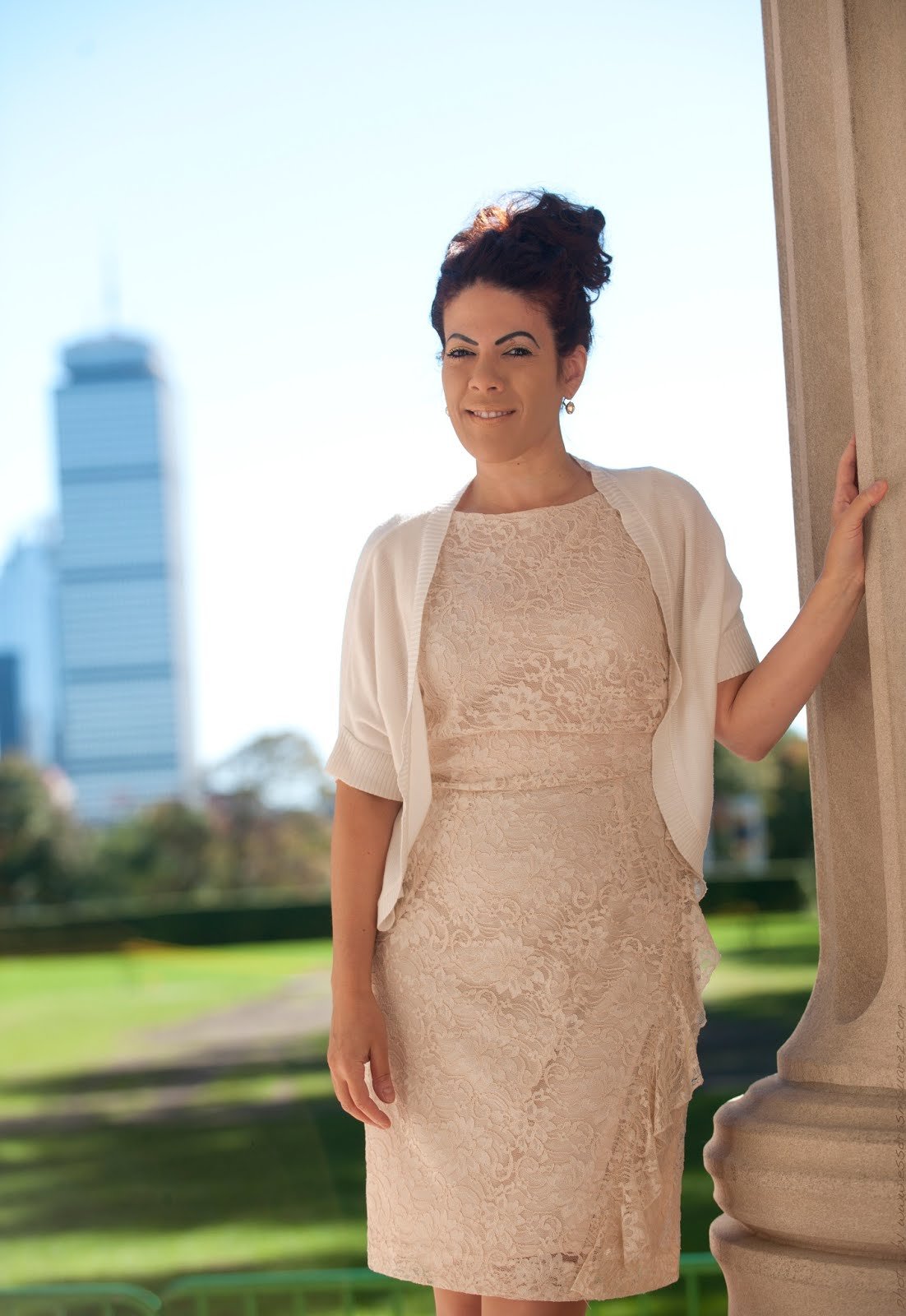
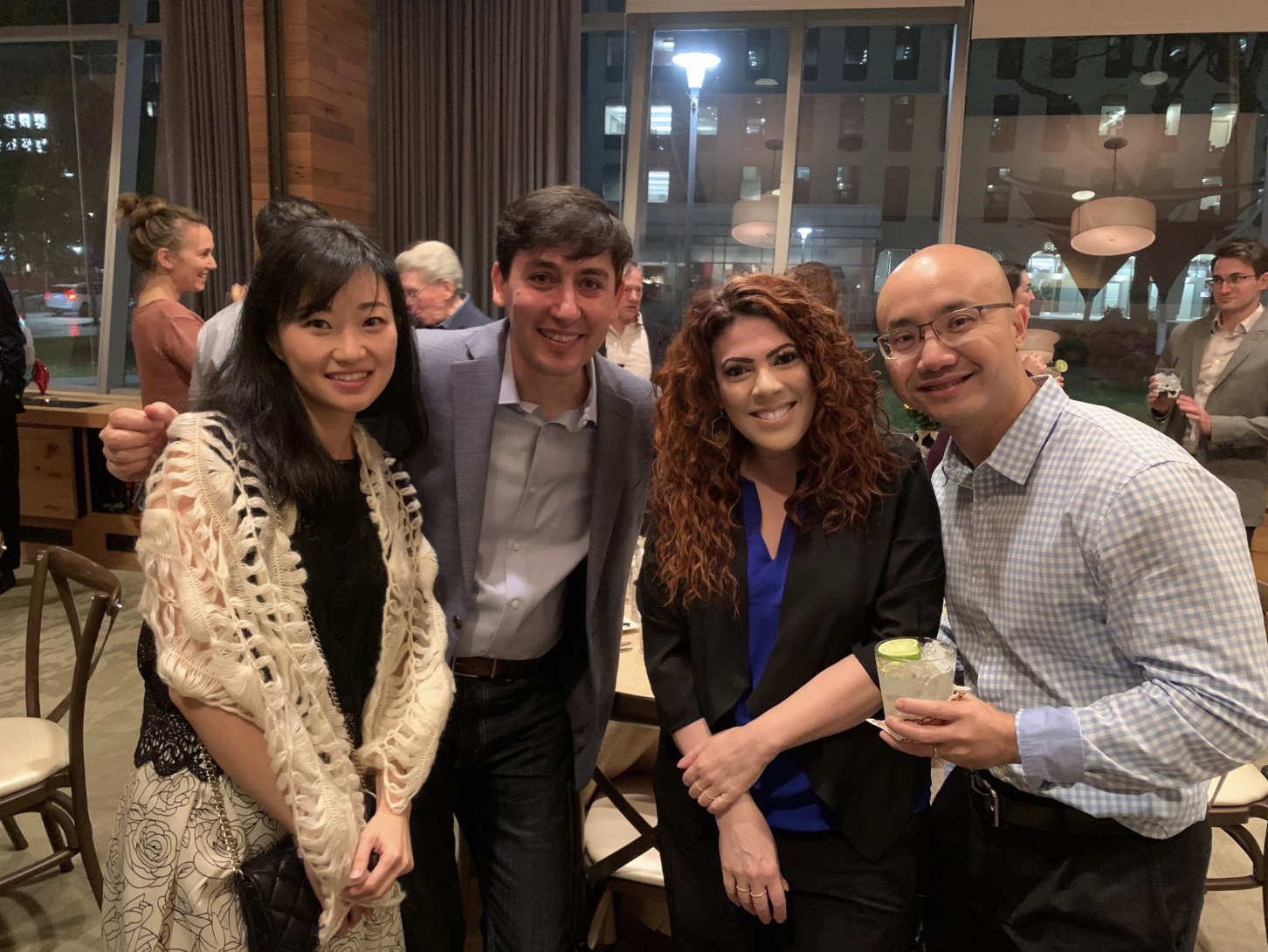
WHAT I DO
i am a MATERIAL SCIENTIST
I use the principles that I discover from nature to design brand new materials that humans can use in technology, armor, or equipment.
I am a Professor at MIT.
I have worked here for many years in a lab filled with powerful machines and microscopes, lots of animals, and plenty of safety gear.
My work uses tools from many different fields.
My broad range of tools helps me study biological materials, like the scales of a fish, the feathers of a bird, or the exoskeleton of an insect.
I’m working on a new style of college.
I am expanding my work to also focus on building a new style of college that helps students of all backgrounds get the most from their learning experiences.
MY WHY
I study organic materials to see if we can use them to improve our lives.
I want to know:
How do we create tools that allow us to print any type of ink onto any type of surface?
MY ADVICE
a little about me
I’m known for my big hearty belly laugh.
I love Star Trek. I’ve always been introspective and introverted. I believe that projects are the best way to learn. I love knowing the history of people, cultures, and regions. I used to collect everything from stamps to coins.
MY PATH TO SCIENCE
A Curious Kid
Growing up in Westchester, NY, not far from New York City, I always loved projects and asking questions. I was an introverted and introspective kid who loved to collect things. For my first job, I wore a toolbelt and fixed medical equipment.
Straight Into Science
I already knew that I wanted to be a scientist by the time I graduated high school, and my family was supportive, so I went to Rensselaer Polytechnic Institute in Rochester, NY. After graduating, I left for graduate school at Cornell and did additional training in science in Cambridge, England, and the Netherlands where I studied material sciences and learned how to develop and test new designs inspired by nature.
Becoming a Leader
After my training was complete, I went on to become a leader in my field. I became a successful Professor at MIT and grew my lab to teach many students. I took on projects that would have an impact in the real world, like studying the ancient Dinosaur Eel’s strong scales to design new armor for the military. I loved that there was always something new to learn. Every animal is so complex that you could study a fish for 40 years and still not know everything there is to know about it.
Branching Out
I loved teaching and education and decided to get more involved in supporting students of all backgrounds in their studies. I became the Dean of Graduate Education at MIT. I helped students with everything from housing to admissions to academic support. As a champion for diversity, I also helped to increase my school’s underrepresented minority graduate student population by 30 percent.
Designing the Future
After nearly twenty years teaching in universities, I realized ways that they could be better. I began working on a new design, but this time it wasn’t for science, it was for schools. Now I’m starting a university called Station1, which brings together my passion for learning, research, and mentorship by creating project-based classes that focus on context, engagement, and the human side of science.
I study Materials Science
Materials Science is the study, engineering, and design of new materials, often inspired by nature.
INTRODUCING
Materials Science
What is materials science? Why does it matter?
The universe is made up of all sorts of matter— solids, liquids, and gases. Materials scientists often come up with brand new variations of that matter (usually the solid stuff, like ceramics, metals, glass, and the matter that makes up living things). By studying the structure and properties of specific materials, they can determine ways to make existing materials stronger, combine two materials, or even develop something completely new. When these materials are inspired by something found in nature, it’s called “biomimicry”. Typically, materials scientists do this for a specific purpose, product, or real world application. That means we can see their work all around us in everyday life, often in ways you’d never expect. Everything from our iPhones to our military armor to the couches we sit on are thanks, in part, to the work of materials scientists.
As our lives become more and more impacted by science, technology, and engineering, you can expect that we will rely on materials scientists more and more to help us solve new problems and come up with new innovations that fit society’s ever-changing needs.
Career Resources
Every scientist’s path is unique, and the right resources can make all of the difference. Below are a selection of resources that may be helpful for those who are interested in areas of science that are related to Christine’s work.

“There’s no aspect of society that’s not dependent on technology, so the potential for helping better society is enormous now more than ever.”
— Christine Ortiz, PHD
KEEP EXPLORING
Here are some resources we recommend for diving deeper into themes from this story.
Physical Sciences
FIELD GUIDE
coming soonView more related scientists:
Looking for teacher resources?
PHOTOGRAPHER: Erica Derrickson • Boston, MA© 2024 THE PLENARY, CO. ALL RIGHTS RESERVED. TERMS. PRIVACY.This is a brand new site! See an issue? Let us know.








